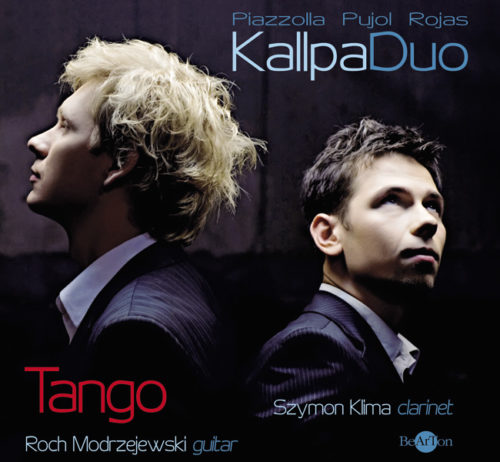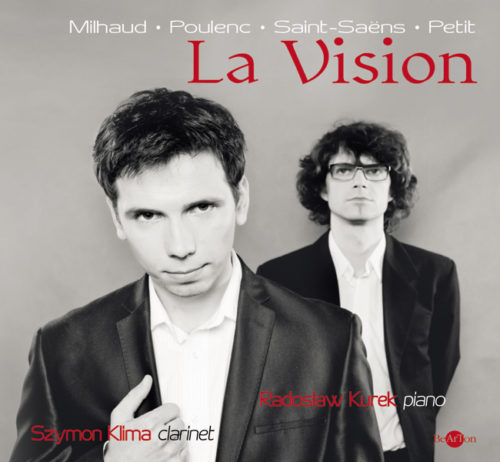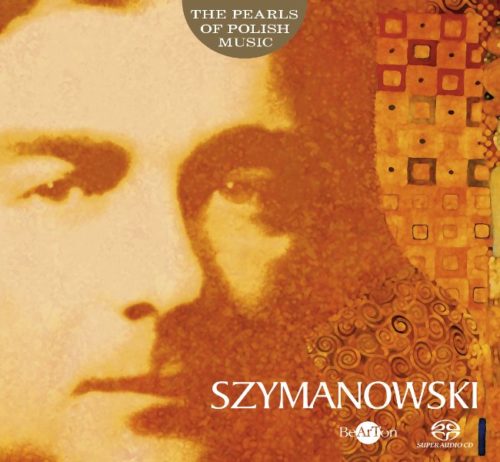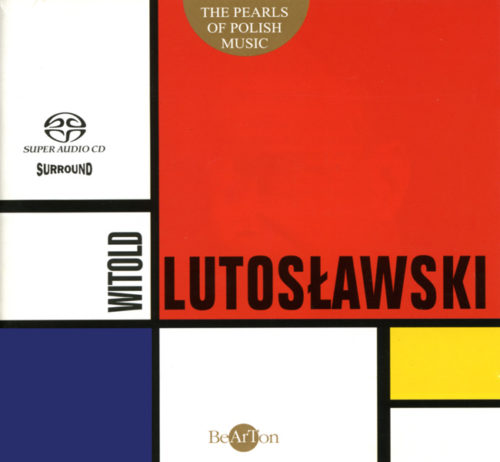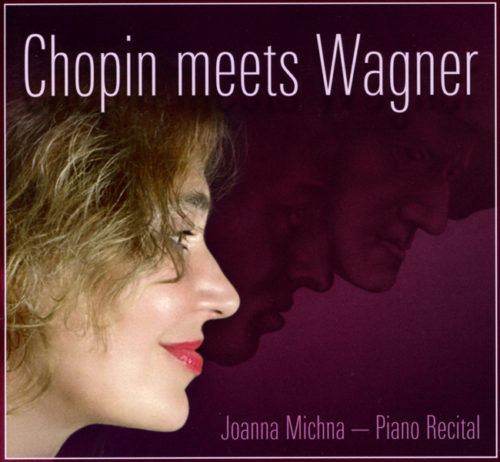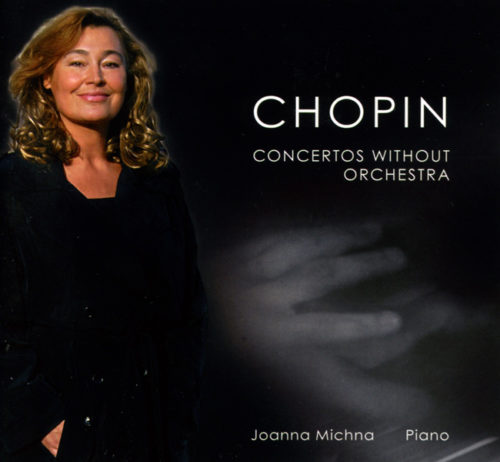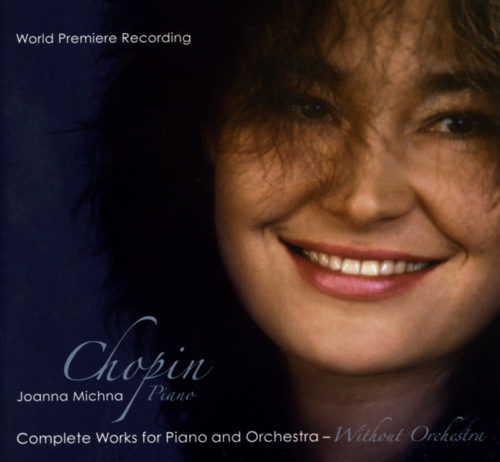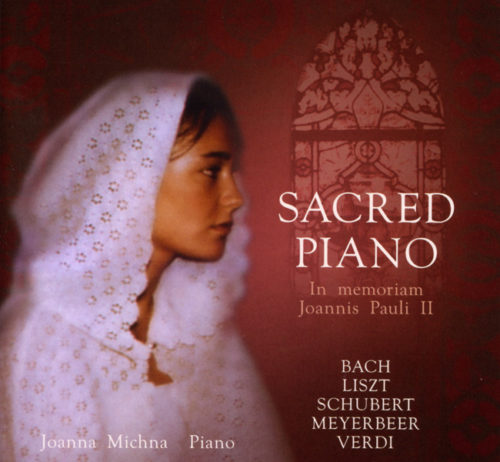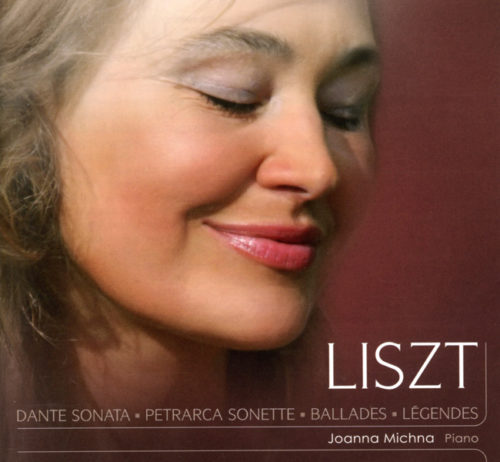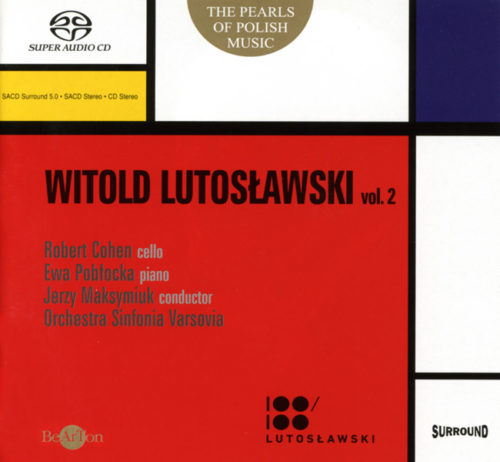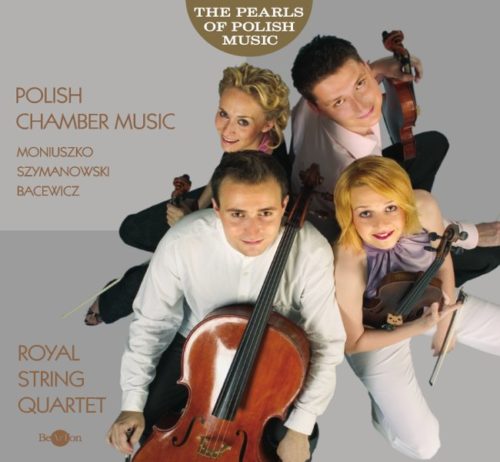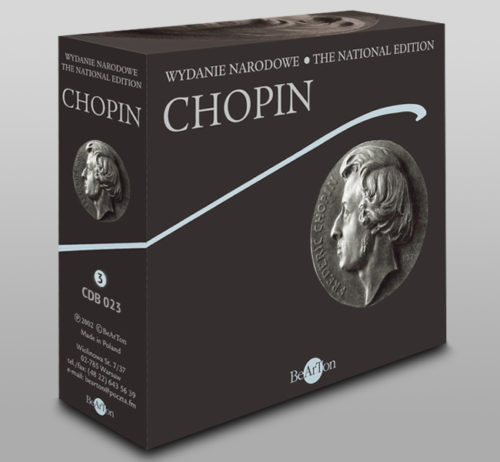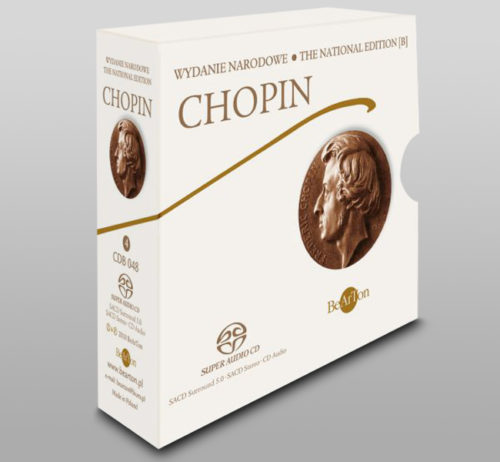Description
JULIUSZ ZARĘBSKI – AN OUTSTANDING IF UNKNOWN COMPOSER
In any talk about 19th-century Polish music two names inevitably crop up: Fryderyk Chopin and Stanisław Moniuszko. Adding a third name into the picture, that of Juliusz Zarębski, all too often provokes astonishment and sometimes even consternation. The fact that Poland boasted such an outstanding composer and pianist, a cosmopolitan artist who studied with Liszt and a citizen of Europe, who followed, in a certain sense, the path of Chopin is not present in the public consciousness. This despite the fact that the high artistic merit of his musical output earned him the top place among Polish composers of the post-Chopin period. Zarębski indeed represented innovative concepts of European calibre which appeared in Polish music in the second half of the 19th century. It was Zarębski’s highly original oeuvre that served as a bridge of continuity between Chopin and the achievements of Mieczysław Karłowicz and Karol Szymanowski at the start of the 20th century, composers who, like Zarębski, drew on the contemporary trends in European music of their time.
The prominent Polish musicologist Zdzisław Jachimecki wrote that Zarębski’s numerous piano compositions are a continuation of Chopin’s style in terms of instrumental technique and the character of harmonic writing. The young composer, however, also developed the kind of devices that constitute the foundation of present-day French music; he sensed the exotic character of Debussy’s whole-tone scale and his harmonies based on that scale. With his compositional concepts Zarębski indeed was ahead of his time. The trail-blazing nature of his technique was also praised by another outstanding authority on music, Józef W. Reiss. He wrote: Juliusz Zarębski’s compositions contributed so many new elements to music and on account of the boldness of technique were so much ahead of their time, not only in our country but on a broader European scene, that they could not have won instant popularity.

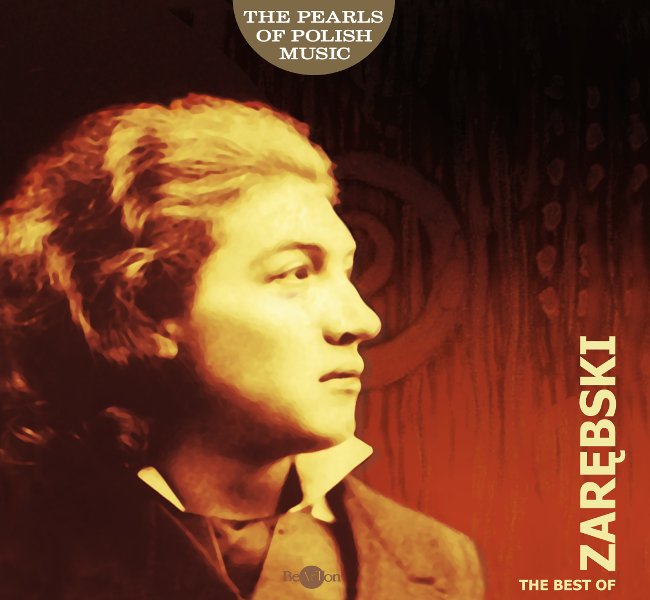










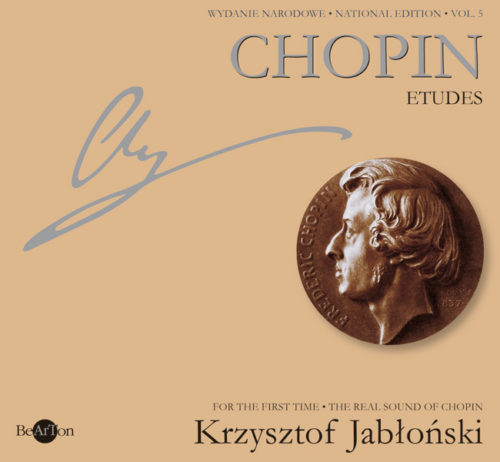
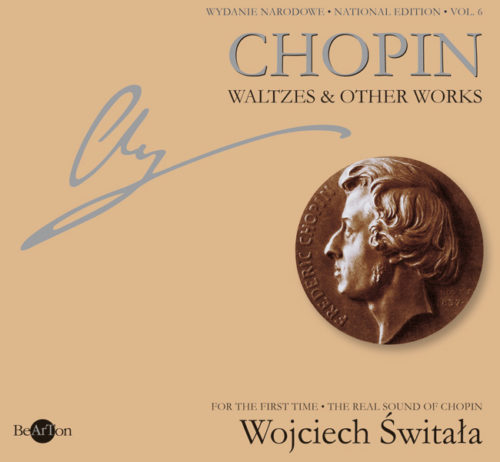




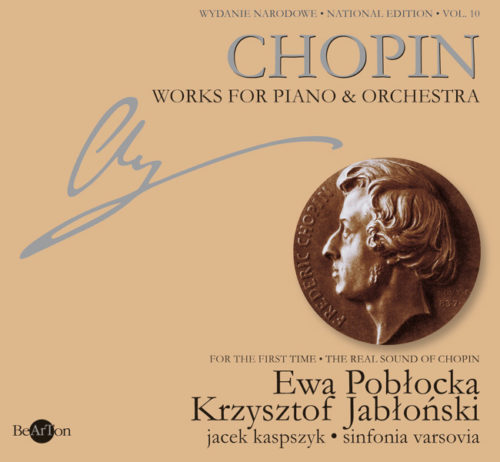

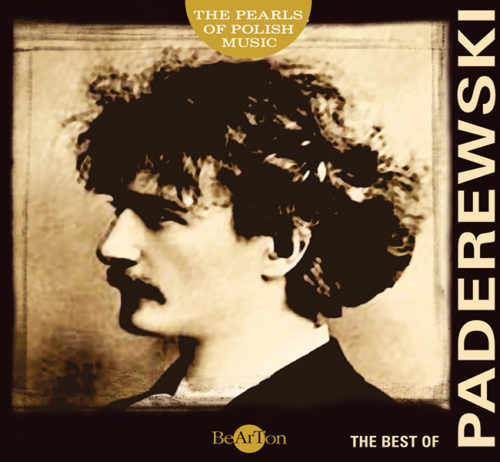
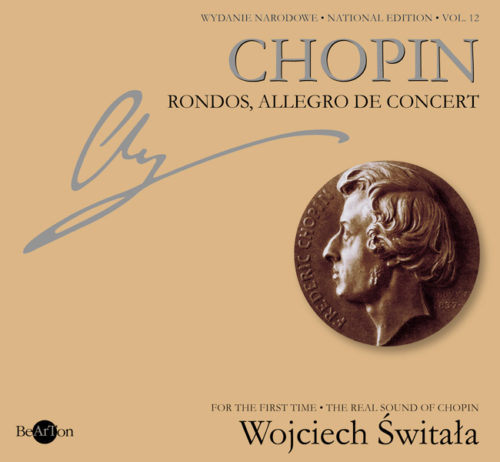


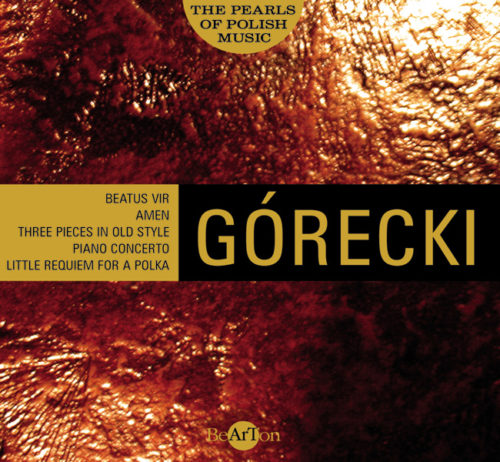

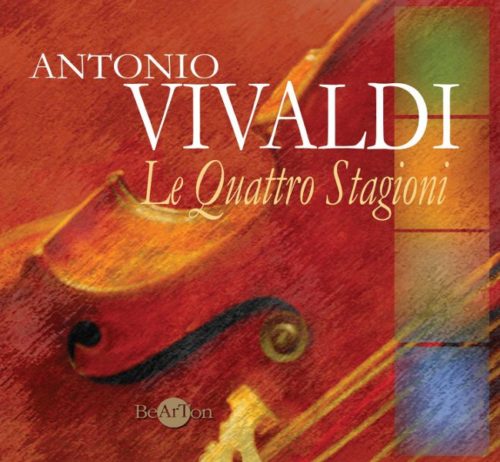
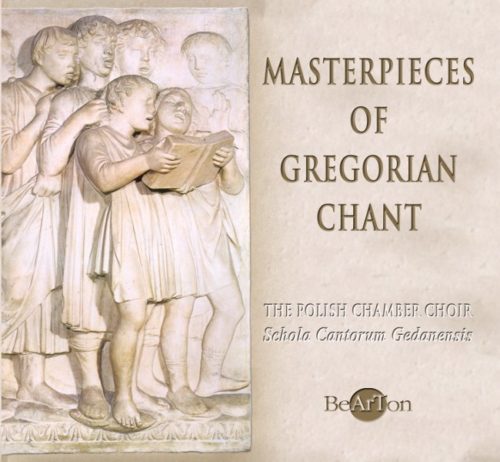
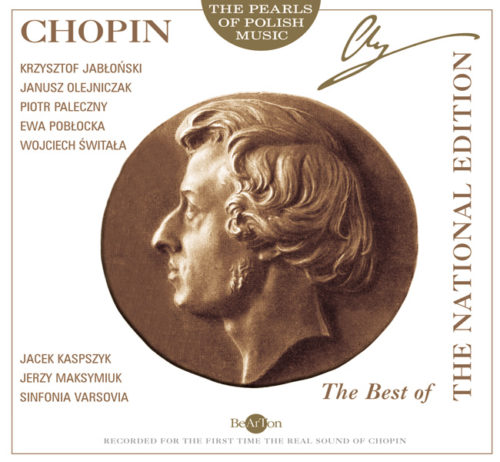
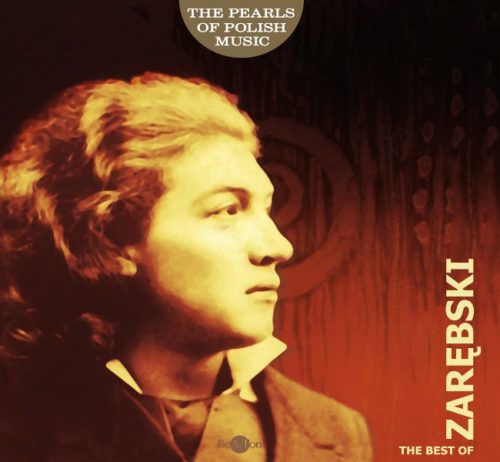
![Chopin - Mazurki i inne utwory [B] CDB038](https://www.bearton.pl/wp-content/uploads/Chopin-Mazurki-i-inne-utwory-B-CDB038-A-500x462.jpg)
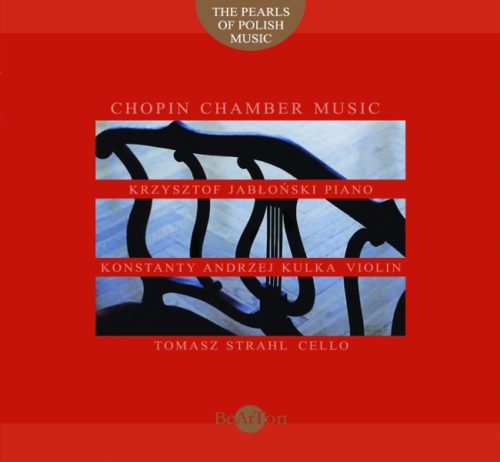
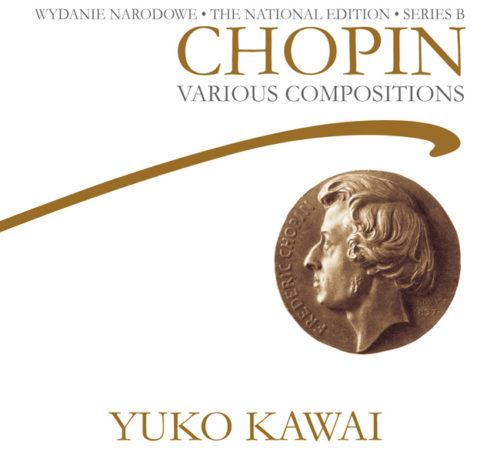

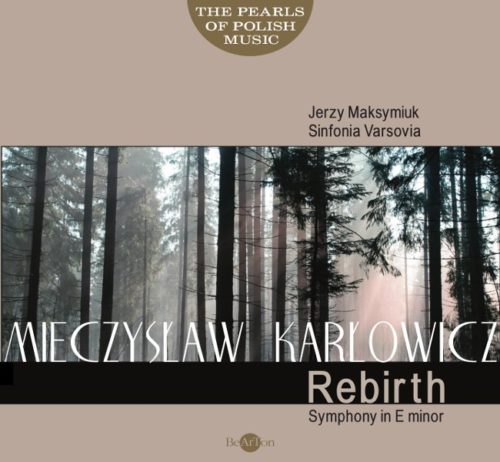
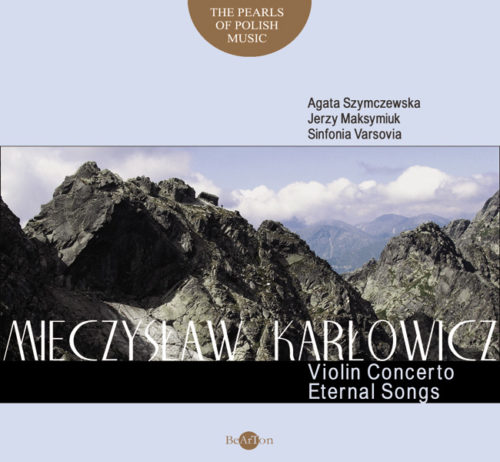


![Chopin – Pieśni [B] CDB046](https://www.bearton.pl/wp-content/uploads/Chopin-Piesni-CDB046-A-500x462.jpg)
![Chopin – Walce [B] i inne utwory CDB047](https://www.bearton.pl/wp-content/uploads/Chopin-Walce-B-i-inne-utwory-CDB047-A-500x462.jpg)

